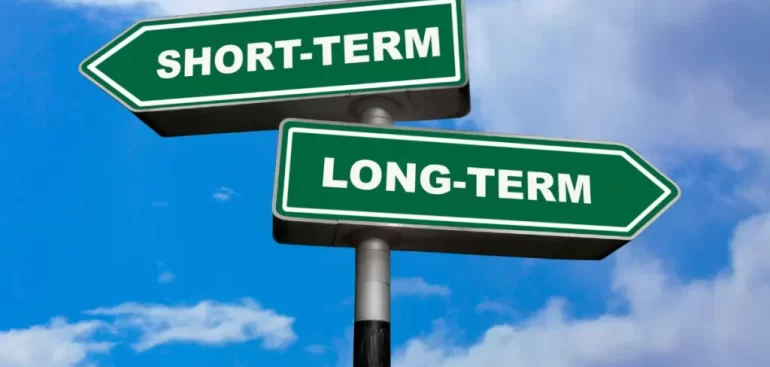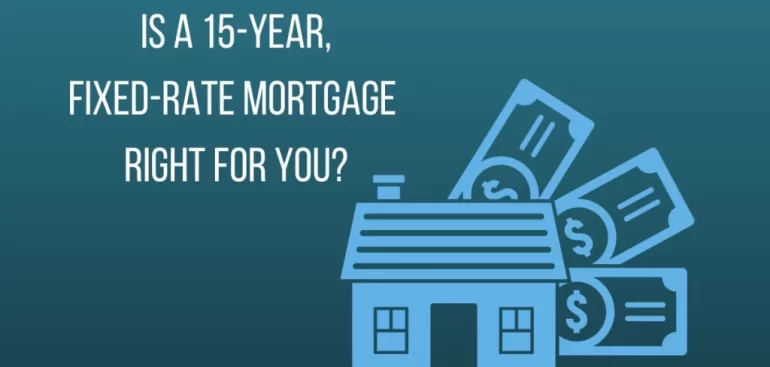Are you a homeowner seeking to optimize your financial situation? Mortgage refinancing might be the key. When replacing your existing mortgage with a new one, you can use better interest rates, lower monthly payments, or even tap into your home’s equity. We will explore the fundamentals of mortgage refinancing and guide you through making the most of your home’s financial potential.
Why Refinance Your Mortgage?
Discover the benefits of refinancing your mortgage, from lowering interest rates and monthly payments to tapping into your home’s equity for extra cash. Learn how refinancing can help you meet your financial goals and make the most of your mortgage.
Mortgage refinancing can provide various benefits, including:
- Lower interest rates: Secure a lower rate to reduce monthly payments and save money in the long run.
- Shorten the loan term: Refinance to a shorter-term loan to pay off your mortgage faster and save on interest.
- Transition from an Adjustable-Rate to a Fixed-Rate Mortgage: Enhance financial stability and enjoy predictable payments by opting for a fixed-rate loan.
- Tap into home equity: Access your home’s equity through a cash-out refinance to fund home improvements, consolidate debt, or finance other expenses.
When Is the Right Time to Refinance?
Timing matters in mortgage refinancing. Uncover the critical factors that influence the right time to refinance, such as market interest rates, credit scores, and home equity. Here are a few factors to consider in calculating your break-even point to ensure refinancing works in your favor.
- Interest rates: Monitor market interest rates and refinance when they are significantly lower than your current mortgage rate.
- Credit score: A better credit score can help you secure a more favorable interest rate.
- Home equity: Ensure you have enough equity in your home to qualify for refinancing.
- Break-even point: Calculate the break-even point (the time it takes for the refinancing savings to outweigh the costs) and ensure you plan to stay in your home long enough to benefit from refinancing.
Types of Mortgage Refinancing
Different refinancing options are available, including rate-and-term, cash-out, and cash-in refinancing. Understand how each choice impacts your loan terms, interest rates, and principal balance, enabling you to choose the best solution for your financial needs.
- Rate-and-term refinance: Change the interest rate, loan term, or both without altering the principal loan amount.
- Cash-out refinance: Borrow more than the existing mortgage balance, pocketing the difference as cash for various purposes.
- Cash-in refinance: Pay down a portion of the existing mortgage principal to qualify for better loan terms or eliminate mortgage insurance.
The Mortgage Refinancing Process
From assessing your financial situation, researching lenders, gathering necessary documents, and closing the loan, follow these steps to streamline your mortgage refinancing journey and secure the best deal.
- Assess your financial situation: Review your credit score, debt-to-income ratio, and home equity to determine eligibility.
- Research lenders and loan options: Compare offers from multiple lenders and select the best refinancing option for your needs.
- Gather necessary documents: Compile proof of income, tax returns, bank statements, and other essential documentation.
- Apply for refinancing: Submit your application and required paperwork to your chosen lender.
- Lock your interest rate: Secure your interest rate with the lender to avoid potential rate increases during refinancing.
- Close the loan: Review and sign the closing documents, pay any necessary fees, and finalize the refinancing process.
Mortgage refinancing can be an effective strategy for optimizing your financial situation and maximizing your home’s potential. You can successfully navigate the refinancing journey by understanding the different refinancing options and following the outlined process. To ensure you’re making the best decision, consider cget in touch with us for personalized guidance and support.



